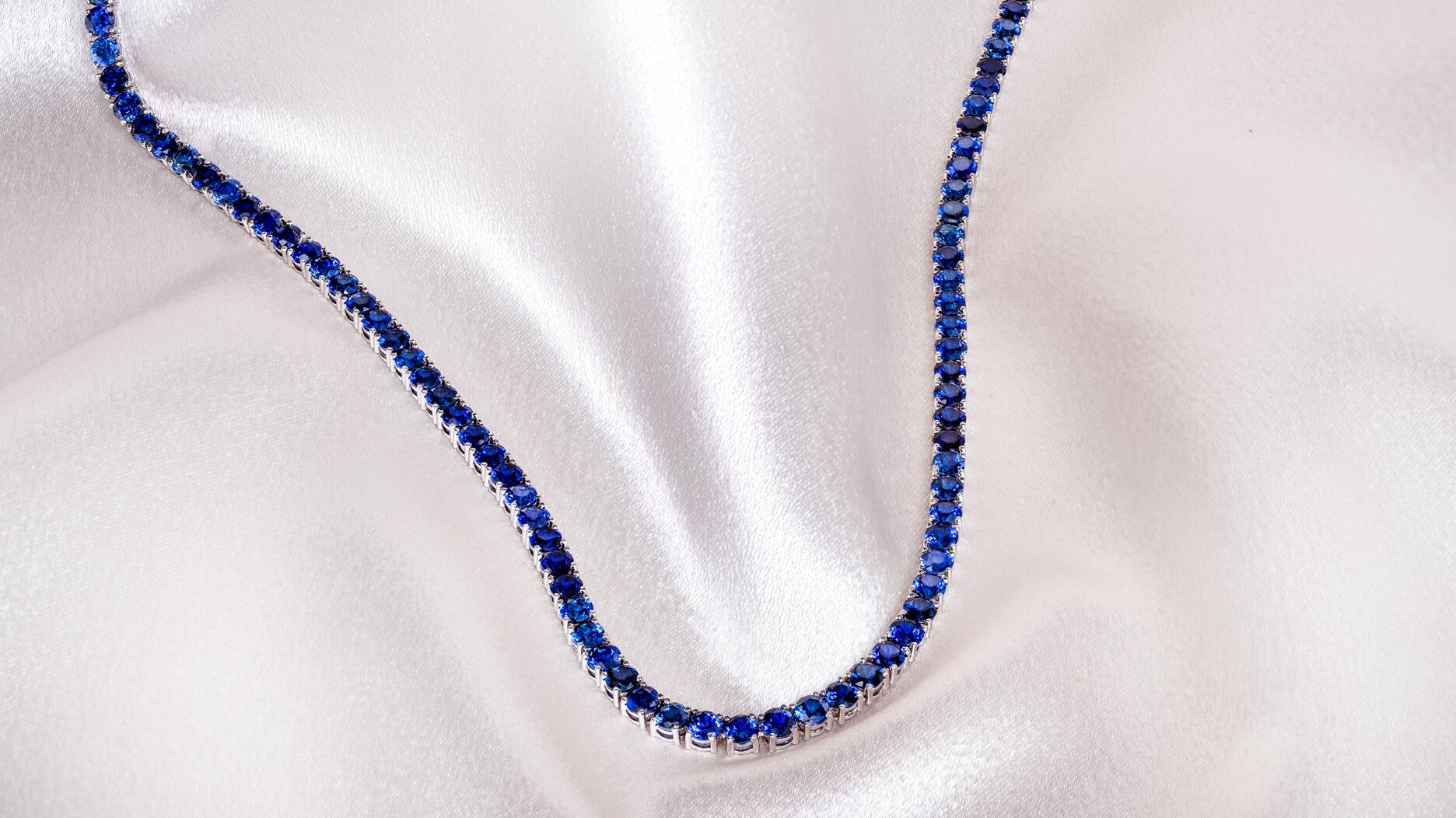5 Things to Know About … Taaffeite
Long mistaken for spinel, taaffeite holds the distinction of being the only gem identified from a faceted stone.

But, as it turns out, there’s another gemstone that rivals spinel when it comes to identification confusion.
Enter taaffeite, a very rare gemstone that looks similar to spinel but isn’t as well known.
Taaffeite can come in various pink and purples shades like lilac, violet and mauve, as well as red, brown, bluish hues, gray, green and colorless.
I happened upon the gem while scrolling through Instagram, as one does, and immediately added it to my list of stones to cover.
I’m so glad I did; there are many interesting things about this gem beyond just its rarity, though that is of course one of its more notable aspects.
Here are five things to know about taaffeite.
1. It was long mistaken for spinel.
One of my favorite parts of researching this stone was hearing the story of how it was “discovered.”
In 1945, gemologist Count Edward Charles Richard Taaffe of Dublin, Ireland, was sifting through a parcel of cut and polished stones.
While examining them, he realized a small mauve-colored stone weighing 1.419 carats that looked like spinel might be something different.
Importantly, the gem was doubly refractive. Spinel, like diamond and garnet, is singly refractive.
Curious and wanting to investigate further, Taaffe sent the gem to the Laboratory of the London Chamber of Commerce for testing.

Researchers eventually confirmed it was a new species and named the stone after the gemologist.
Part of the new gemstone was used for analysis, and the remainder was returned to Taaffe as a 0.55-carat stone, according to the International Gem Society (IGS), standing as the first official chunk of taaffeite.
Taaffeite is the first, and still only, gemstone initially identified from a faceted gemstone.
Carl Larson of gem dealer Pala International called this “extraordinary” since cut gems are harder to identify than rough as an observer loses “clues” like the crystal system.
2. Here’s how it’s similar to, and different from, spinel.
At first glance, many taaffeites looks just like spinel. It’s once you get into the specifics that you’re able to spot the differences.
The two gemstones have a similar hardness (8 for spinel, 8 to 8.5 taaffeite), refractive index (1.1712-1.762 for spinel and 1.719-1.730 for taaffeite), and specific gravity (3.54-3.63 for spinel and 3.60-3.62 for taaffeite).
But, as mentioned above, taaffeite’s birefringence sets it apart.
Taaffeite also has a different chemical composition and crystal structure than spinel. Spinel forms in cubic crystals whereas taaffeite forms in the hexagonal crystal system.
3. It originates from only a few sources around the world.
The source of taaffeite was unknown for a long time. Eventually, small fragments were found in Sri Lanka and southern Tanzania, according to reference site GemDat.org.
Material also has come from Myanmar, and some lower-grade taaffeite has been found in China and Russia, according to the IGS.
It’s not surprising the gemstone has been mistaken for spinel, not only because of its similar appearance but also because, according to Gems & Gemology, it’s found mixed in with parcels of spinel.
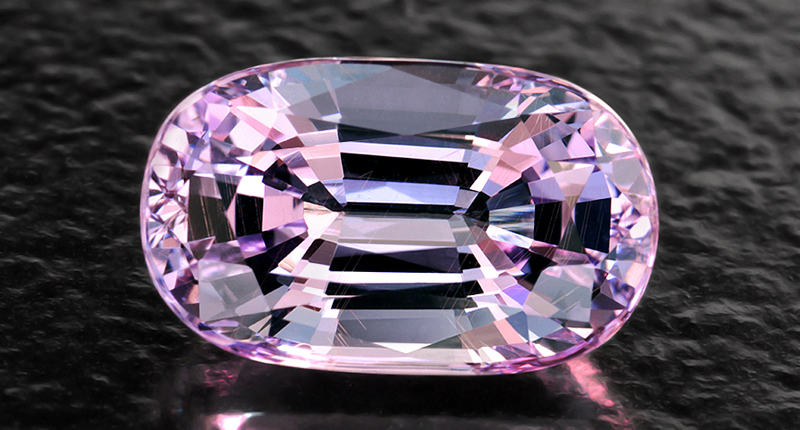
4. And it is rare.
For many years after Taaffe’s discovery, there were only known to be a few samples, and taaffeite remains one of the rarest minerals in the world, IGS said.
An article in the summer 1982 issue of Gems & Gemology said only about 10 specimens had been identified at that time, and estimates for how much taaffeite is currently in circulation today remain fairly small.
Due to its incredible rarity, it’s used exclusively for cut gemstones, multiple sources said.
Larson said he’s only worked with about 20 taaffeite stones in his seven years with Pala International, adding he’s only sold four stones he’d call fine quality.
According to Bonhams, the few taaffeites seen on the market are usually light in color and small.
5. There are options at many price points, but the high-end goods get gobbled up.
Because much of the material is lighter in saturation it can also be accessibly priced, between about $1,500-$2,500 per carat, according to Howard Fensterman Minerals.
But as is the case with most gemstones, top-quality pieces are rare and, thus, expensive.
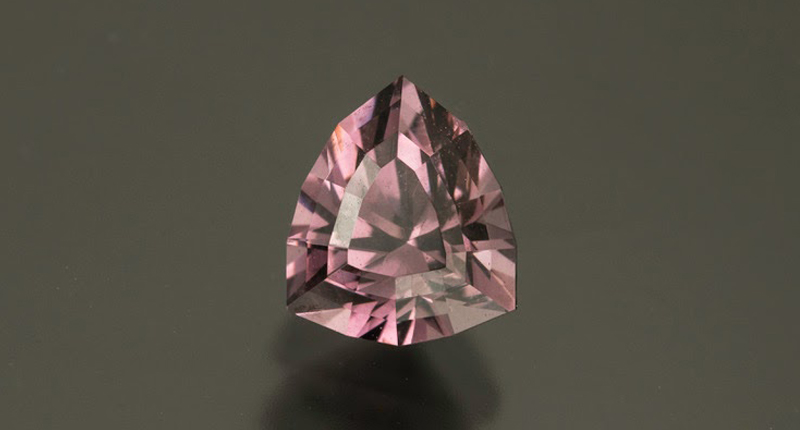
Larson said the light-pink material and dark-purple material tends to be priced at around $800 to $2,500 per carat.
Finer colors with more saturation can go up to about $5,500 to $7,500 per carat, while those with intense color that are clean inside can sell for as much as $15,000 per carat.
These fine stones sell very quickly, Larson added, noting most buyers he’s encountered are well researched on the subject and know as much, if not more, than he does about the gem.
There have even been a few examples of taaffeite at auction—in 2018, a lavender kite-shaped taaffeite weighing 5.34 carats went up on the block at Bonhams, where it sold for $20,000 including buyer’s premium.
David Weinberg of gemstone wholesaler Multicolour said they are seeing a few very specific markets for taaffeite: collectors, engagement rings and collector-investors.
While he noted demand has dipped in light of the coronavirus pandemic, it is still “generally better” than most stones, a performance he attributes to the increasing popularity of rare gemstones.
Larson also said the fine stones sell very quickly, adding any material that’s eye-clean with strong color and a good cut will sell relatively quickly, no matter the size.
The Latest

Social media experts spoke about protecting brand reputation through behaving mindfully online.

In 2026, the three will come together as “House of Brands,” with Gallet sold in Breitling stores and Universal Genève sold separately.

The second drop, which includes more Elphaba-inspired pieces from additional designers, will continue to benefit nonprofit Dreams of Hope.

How Jewelers of America’s 20 Under 40 are leading to ensure a brighter future for the jewelry industry.

Second-generation jeweler Sean Dunn has taken on the role.


Amber Pepper’s main focus will be on digital innovation and engaging younger consumers.

Called “Origin by De Beers Group,” the loose, polished diamonds are being sold in a total of 30 stores in the United States and Canada.

Roseco’s 704-page catalog showcases new lab-grown diamonds, findings, tools & more—available in print or interactive digital editions.
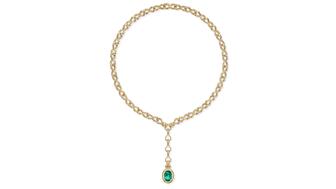
The lariat necklace features a 4.88-carat oval-cut Zambian emerald in 18-karat yellow gold.

A 43-carat sapphire brooch from the Vanderbilt collection was the top lot of the Geneva sale.
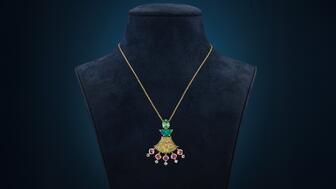
Rau is a fourth-generation art and antique dealer from M.S. Rau gallery whose first jewelry collection merges artifacts with modern design.

Former De Beers sustainability leader Purvi Shah will take over the role in February 2026.

La Joux-Perret is based in La Chaux-de-Fonds, Switzerland, and makes solar quartz as well as mechanical watch movements.

She previously taught at Gem-A and is the founder of The Gem Academy.

The British actress and her daughter modeled pieces from the brand’s new “Palette” capsule for its “Once Upon a Time” holiday campaign.

Plus, the tech giant shares the steps retailers should take if they believe they’re a victim of a review extortion scam.

Danny and Gaby Shaftel are now Shaftel Diamonds’ CEO and chief operating officer, respectively.

The jewelry manufacturer’s seasonal offering features its new “Melodie” bangles, as well as mini stud earrings and layering pieces.
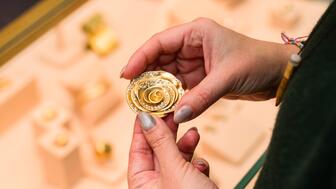
With more than 140 activations taking place in New York City now through Nov. 23, these 12 events are can’t-miss moments.

The Chapter 11 filing follows the resignation of CEO Moti Ferder, who stepped down after an investigation into the company’s finances.
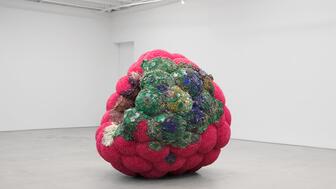
The artwork is part of an exhibition featuring works by Kathleen Ryan, an artist known for her gemstone-studded rotting fruit sculptures.
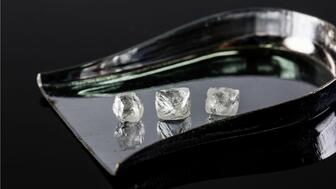
Mark Wall, president and CEO of Canadian mining company Mountain Province Diamonds, will vacate his position next month.

Faustino Alamo Dominguez and his son, 25-year-old Luis Angel Alamo, were gunned down following an armed robbery at their jewelry store.

Tiffany & Co. veteran Jeffrey Bennett has stepped into the role.

The showroom is located in a historic 1920s building in the Playhouse District.
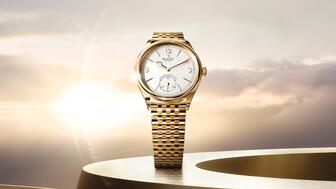
The Swiss government announced the deal, which cuts the tax on Swiss imports by more than half, on social media Friday morning.
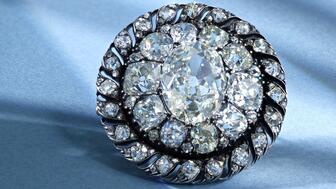
A buyer paid $4.4 million for the piece, which Napoleon wore on his hat for special occasions and left behind when he fled Waterloo.













